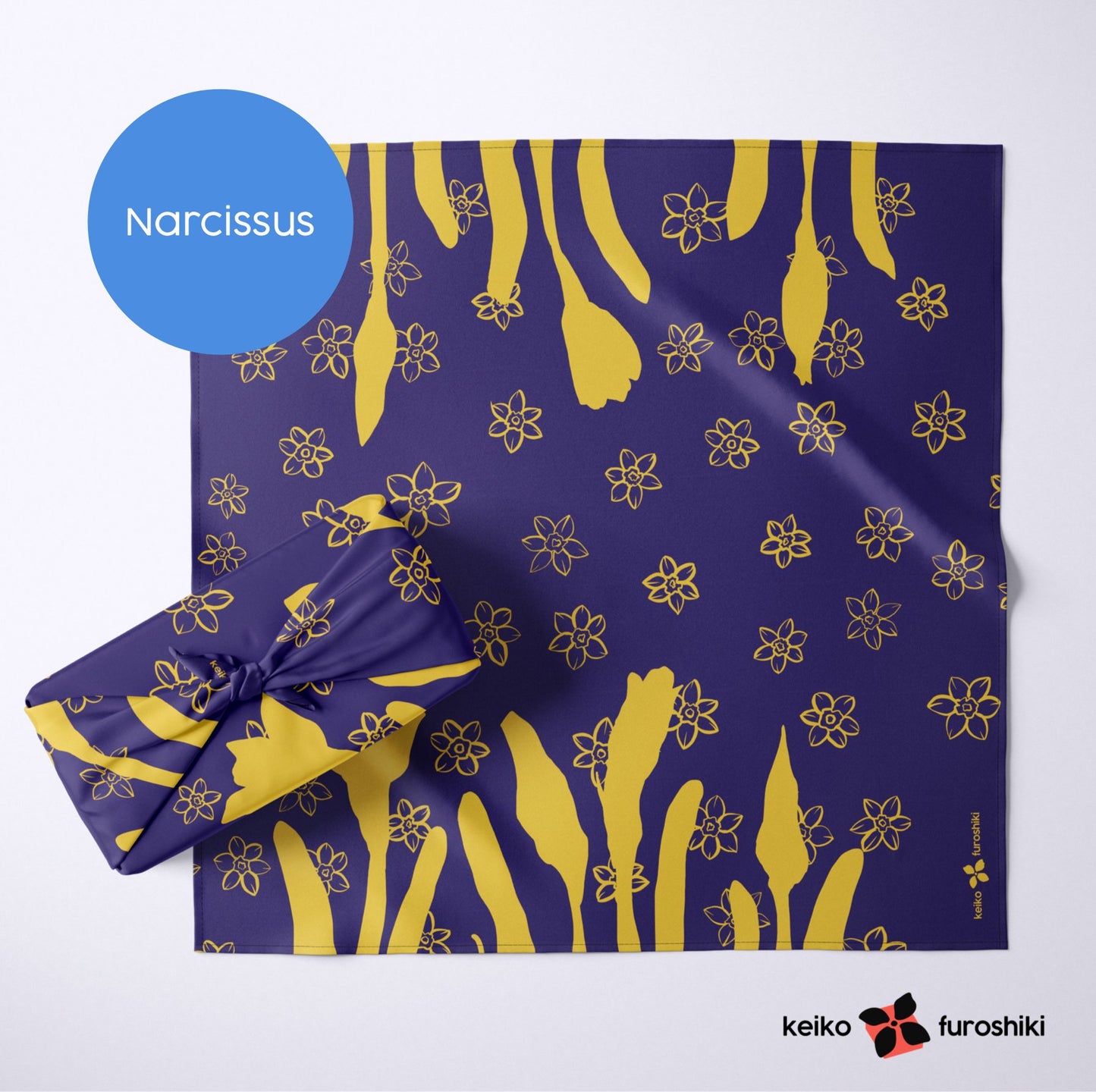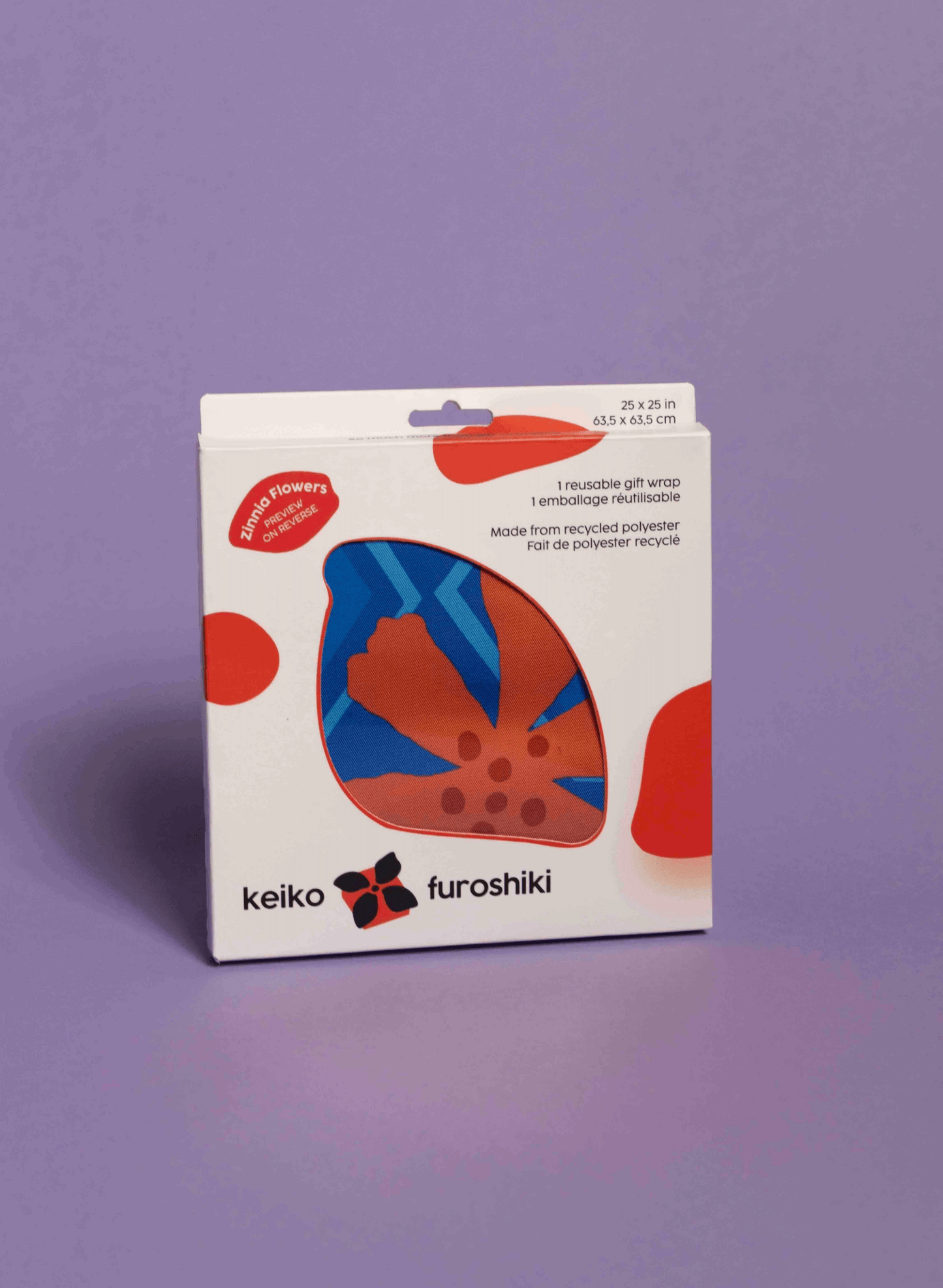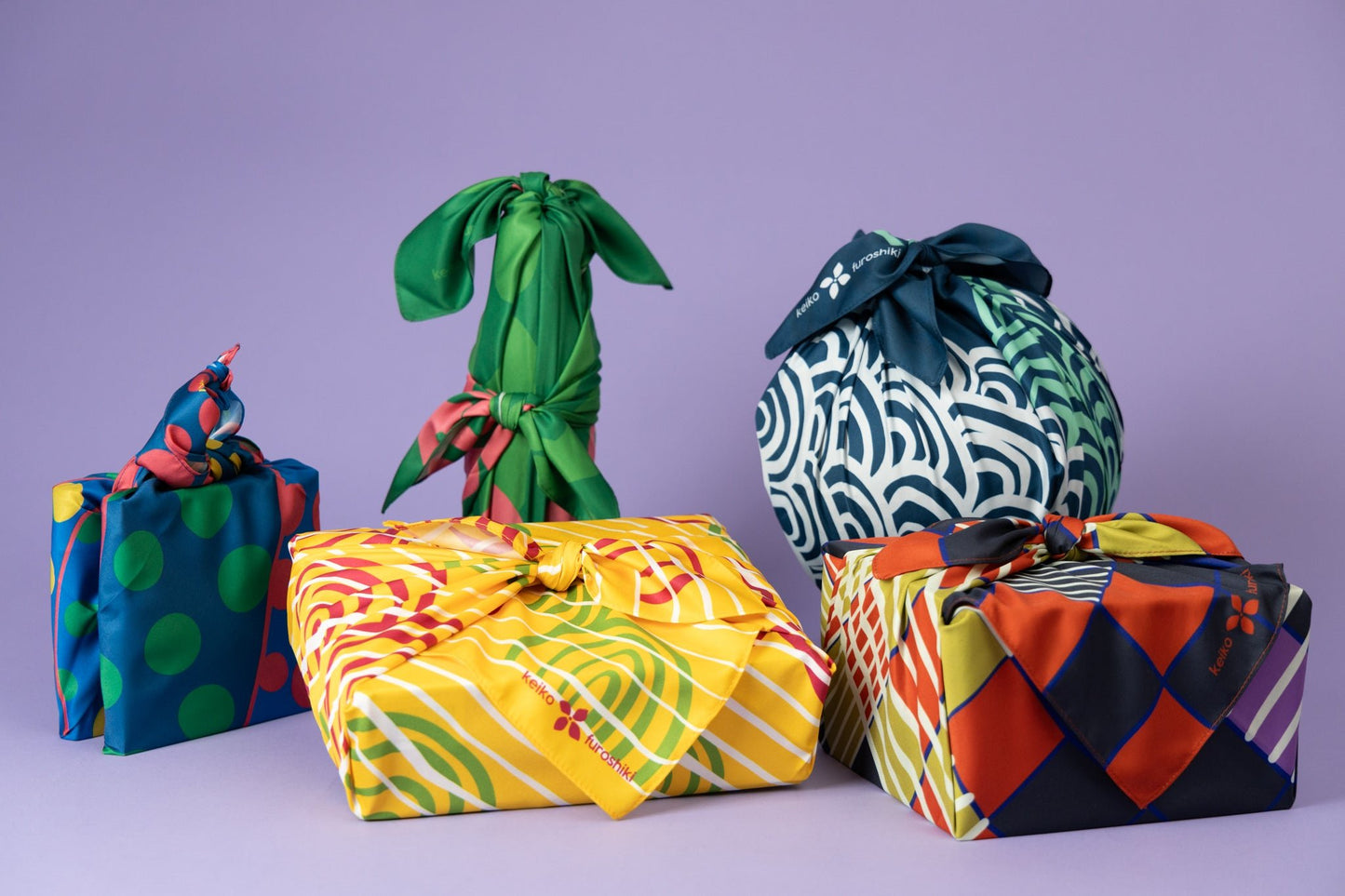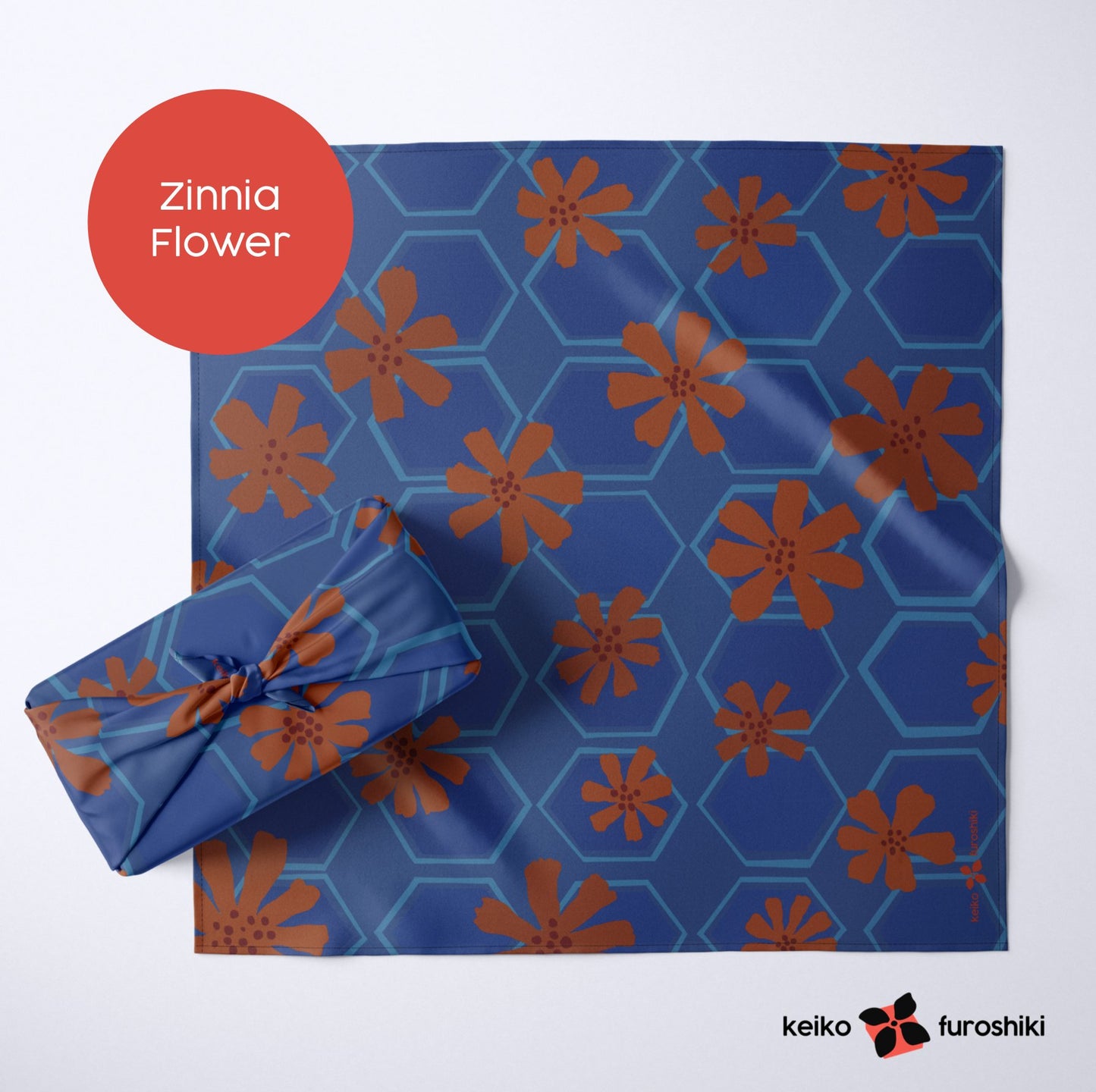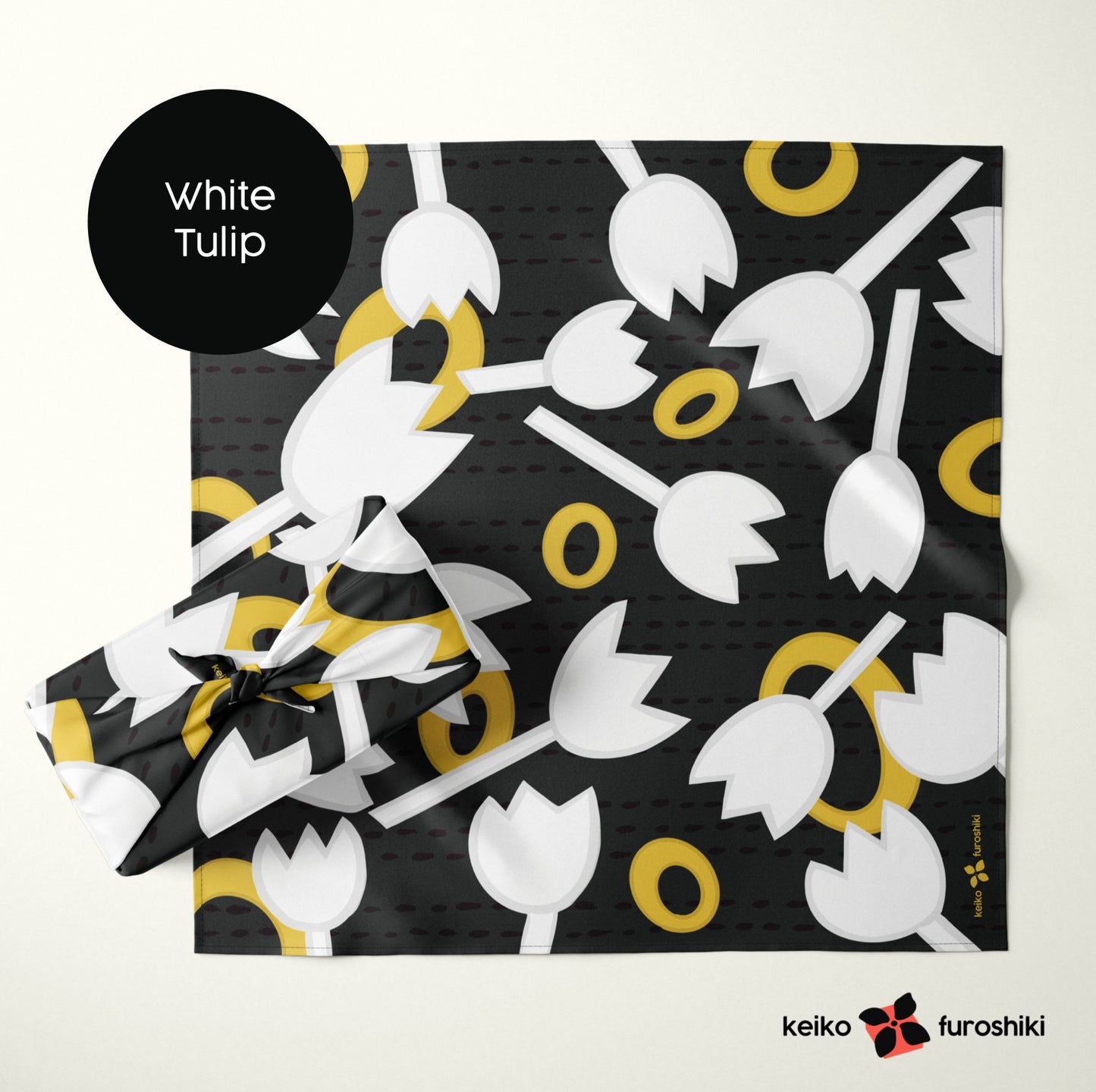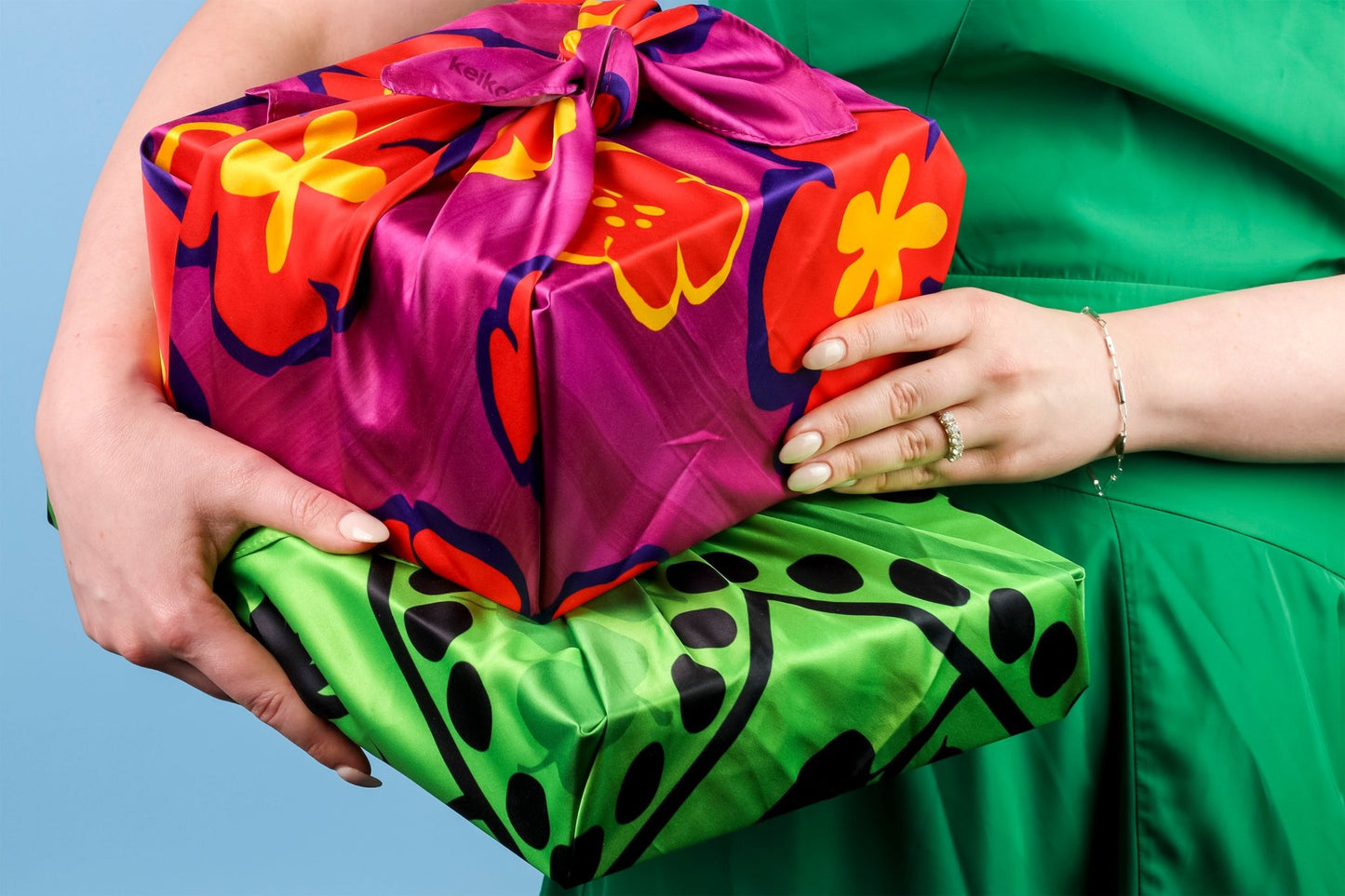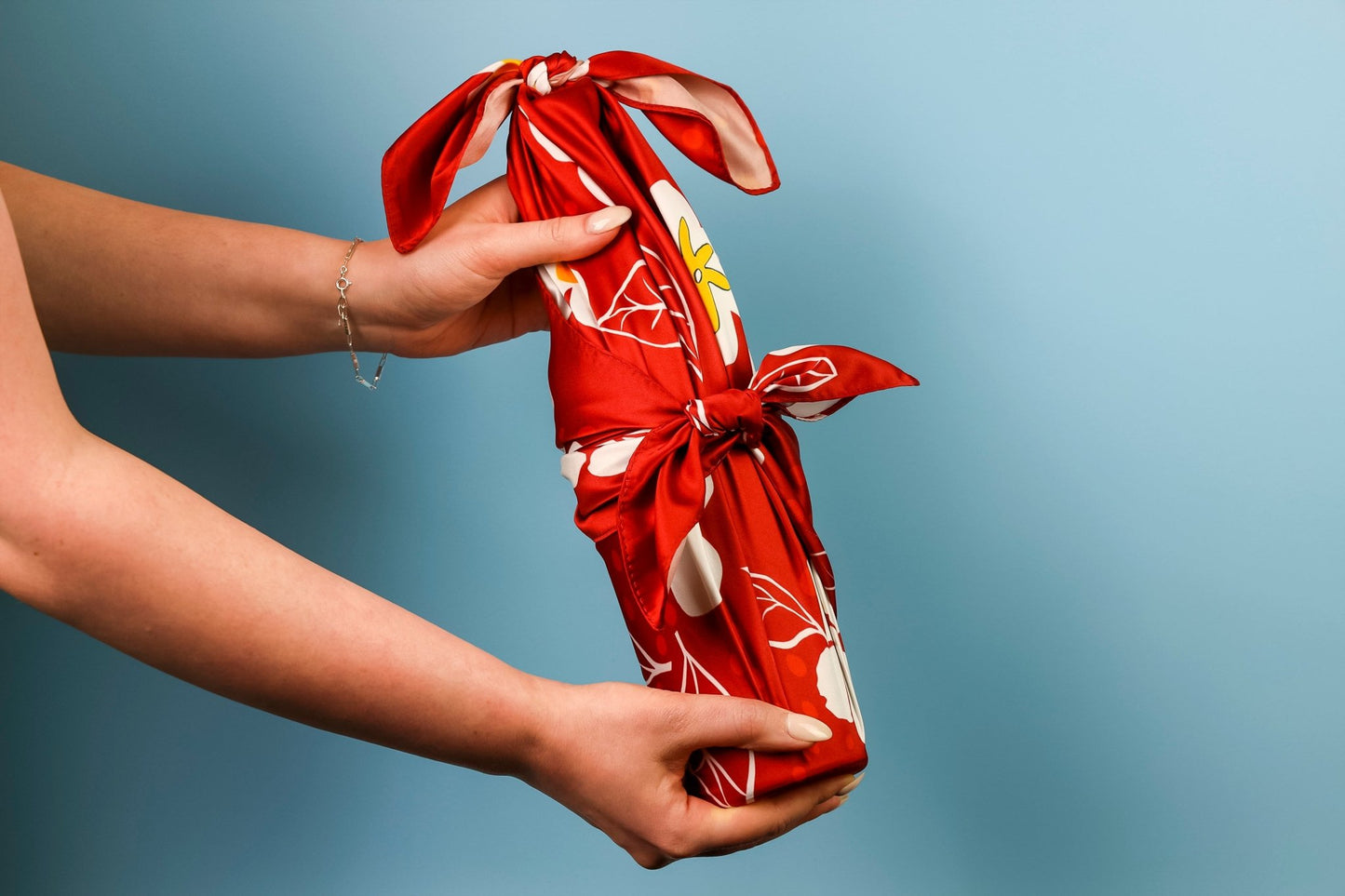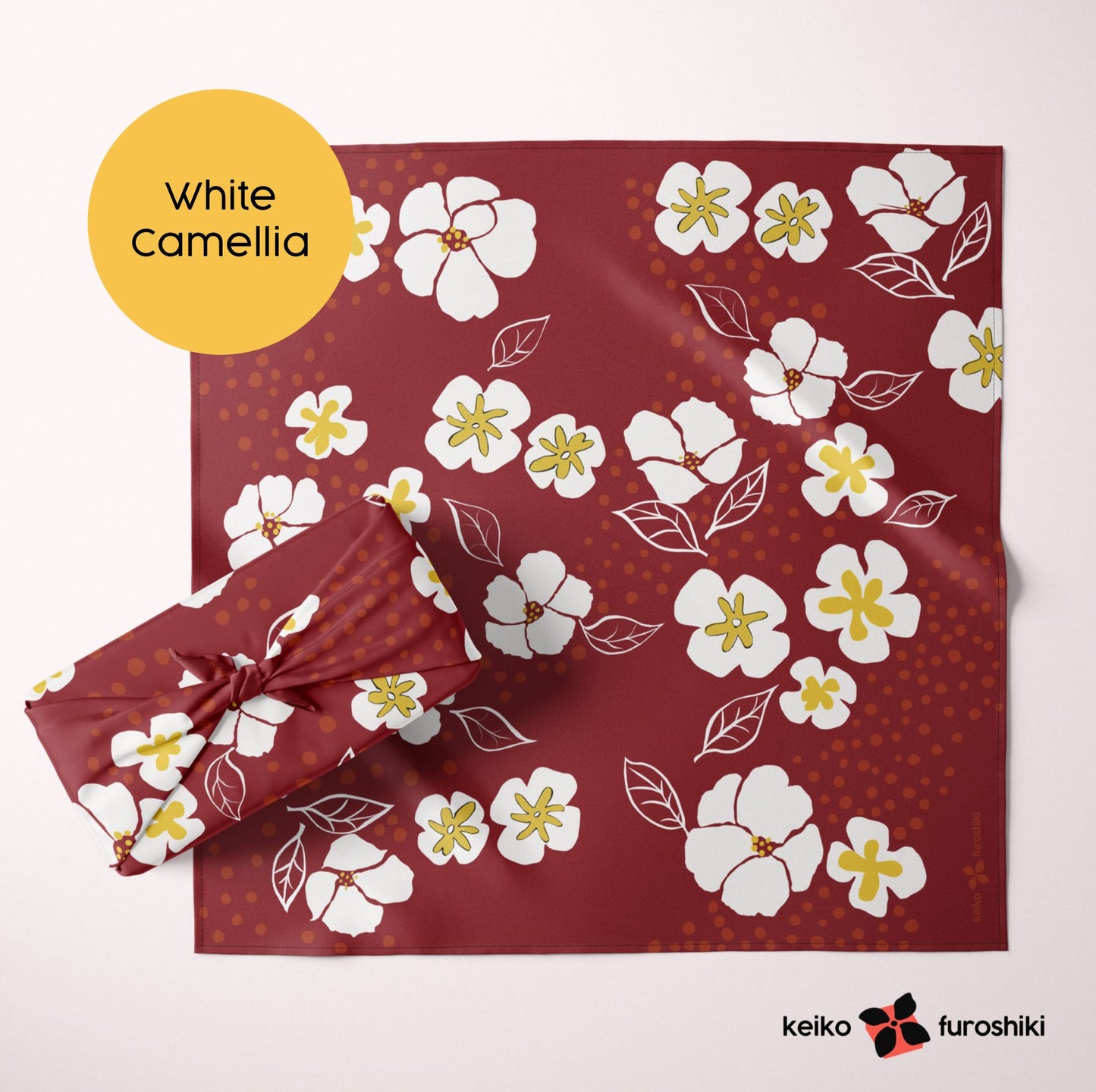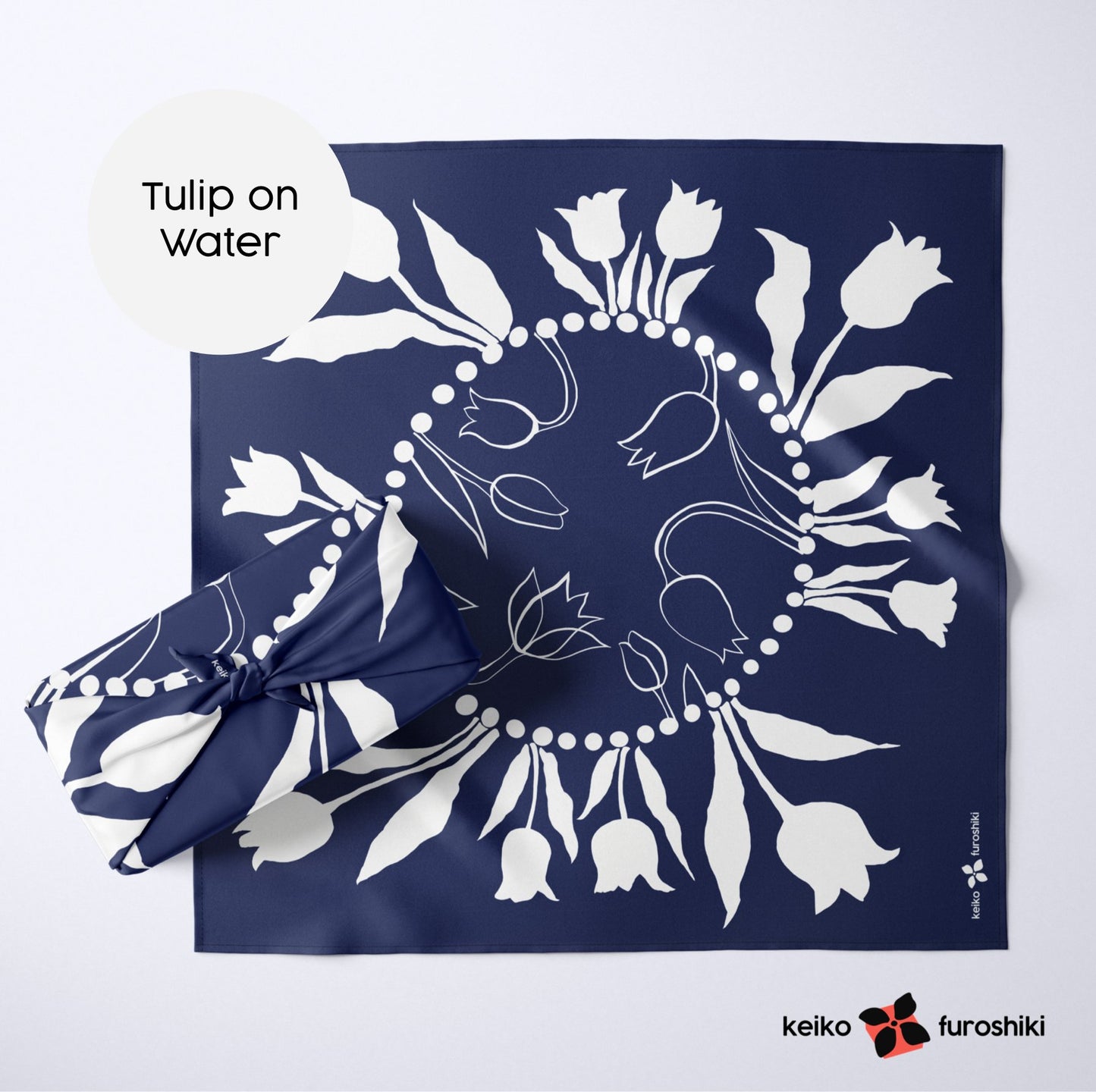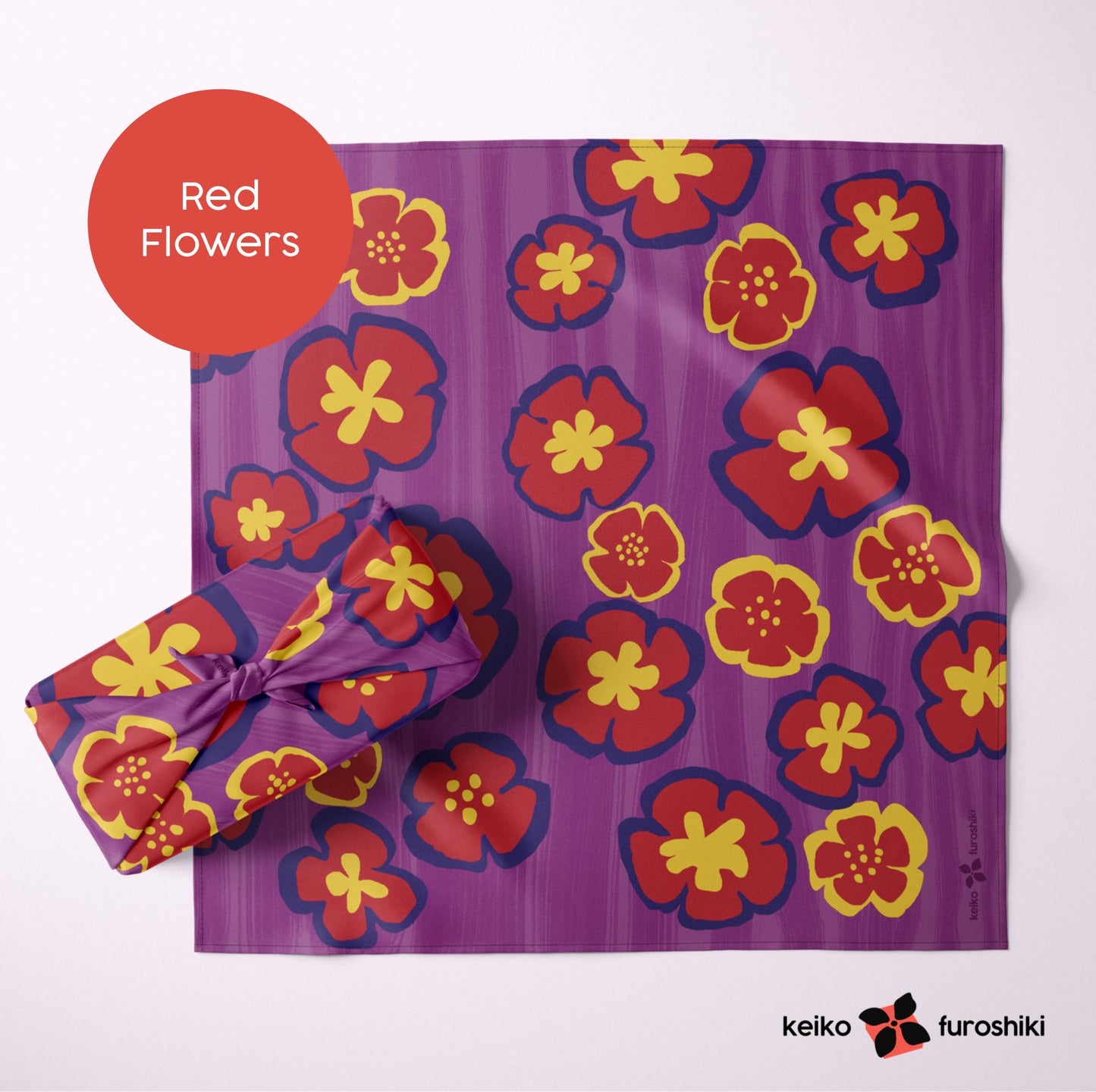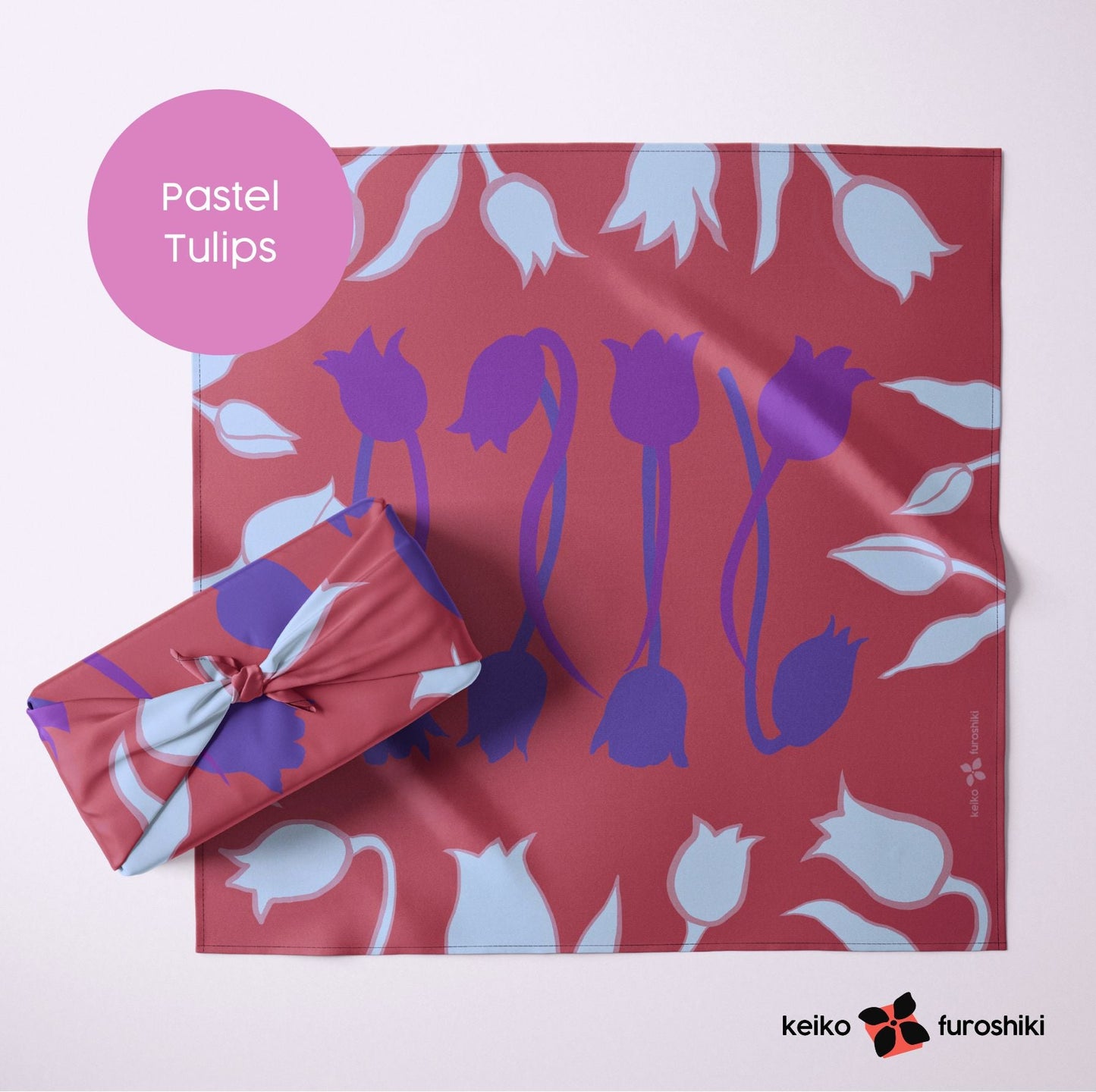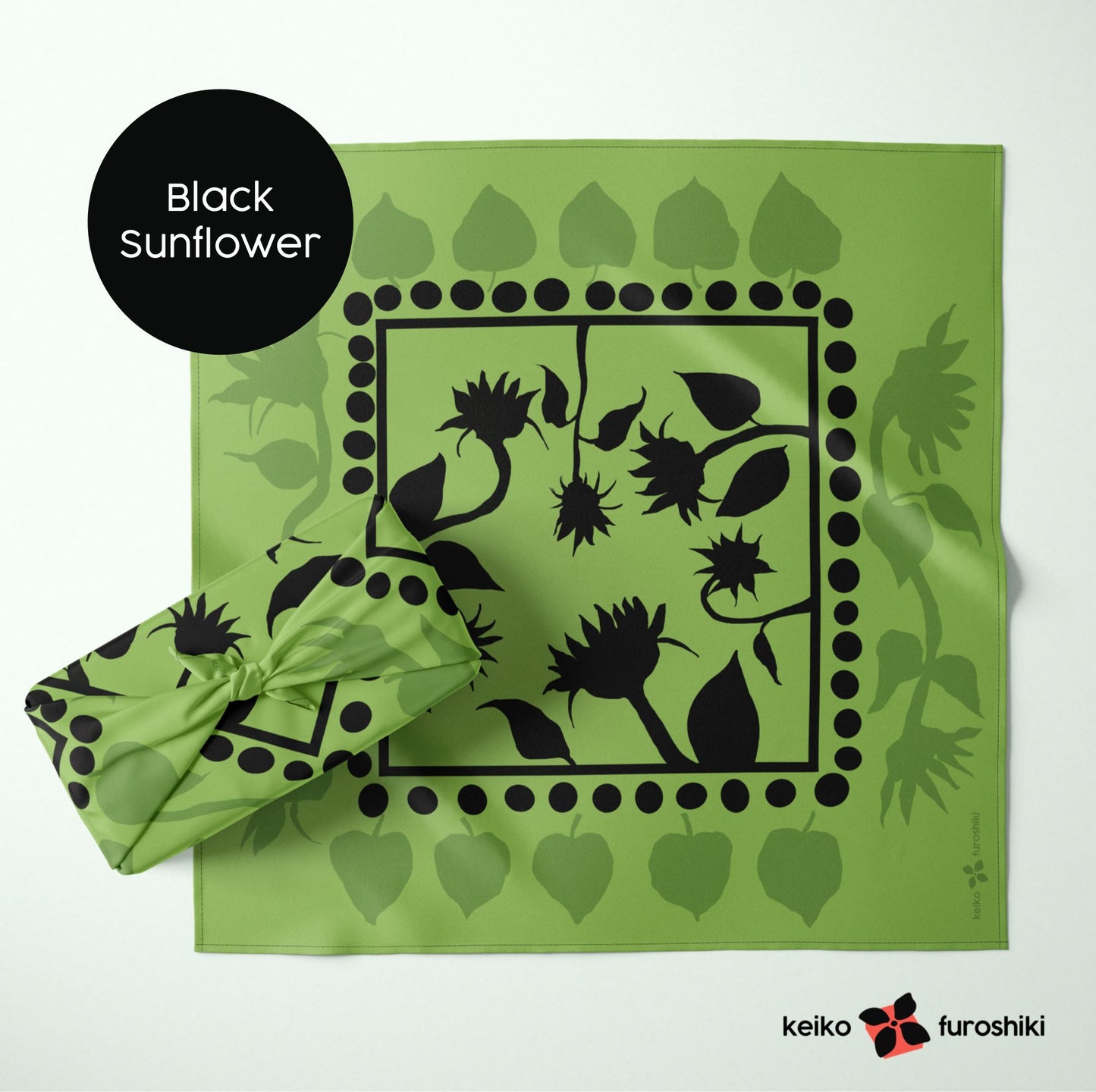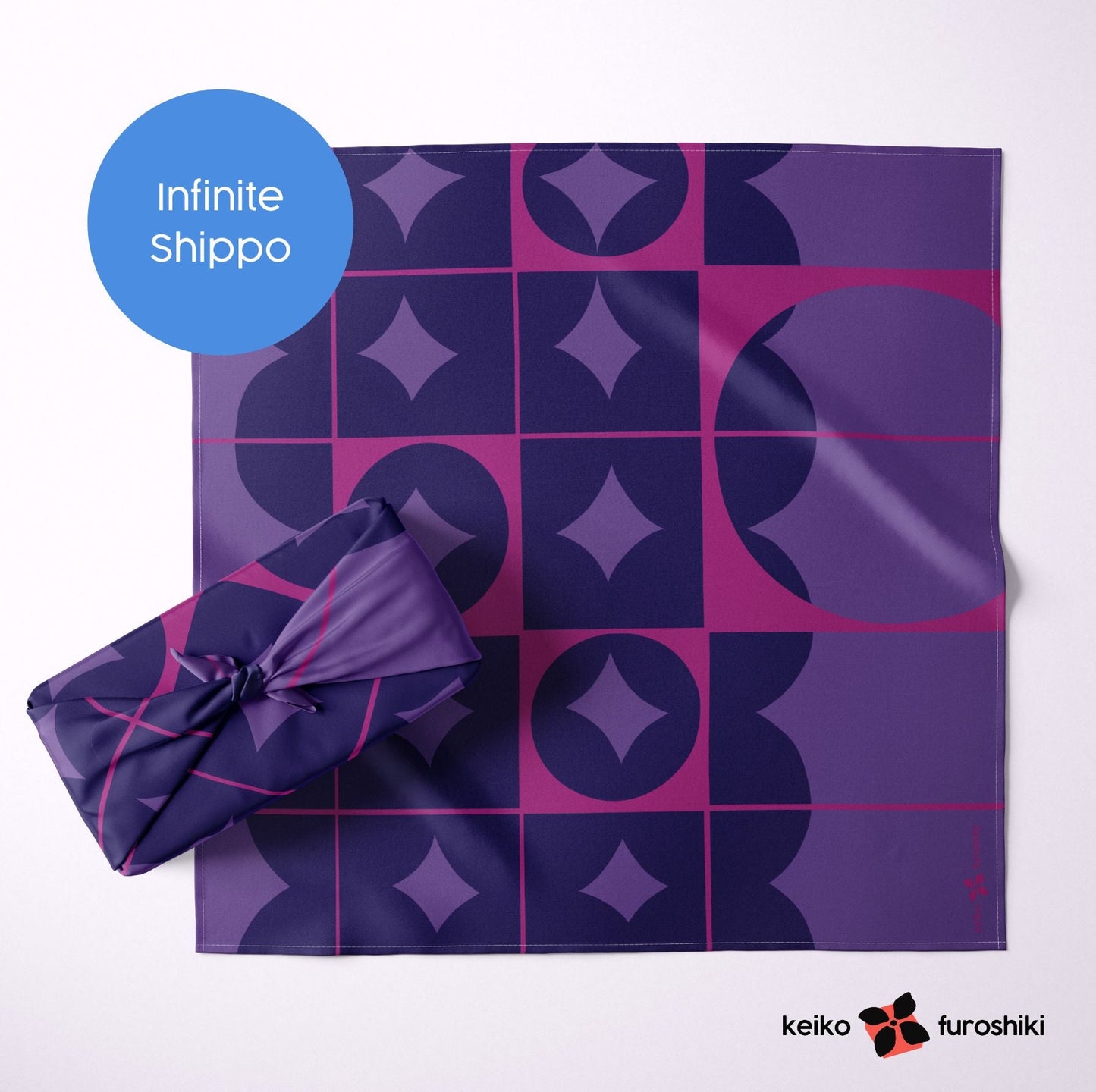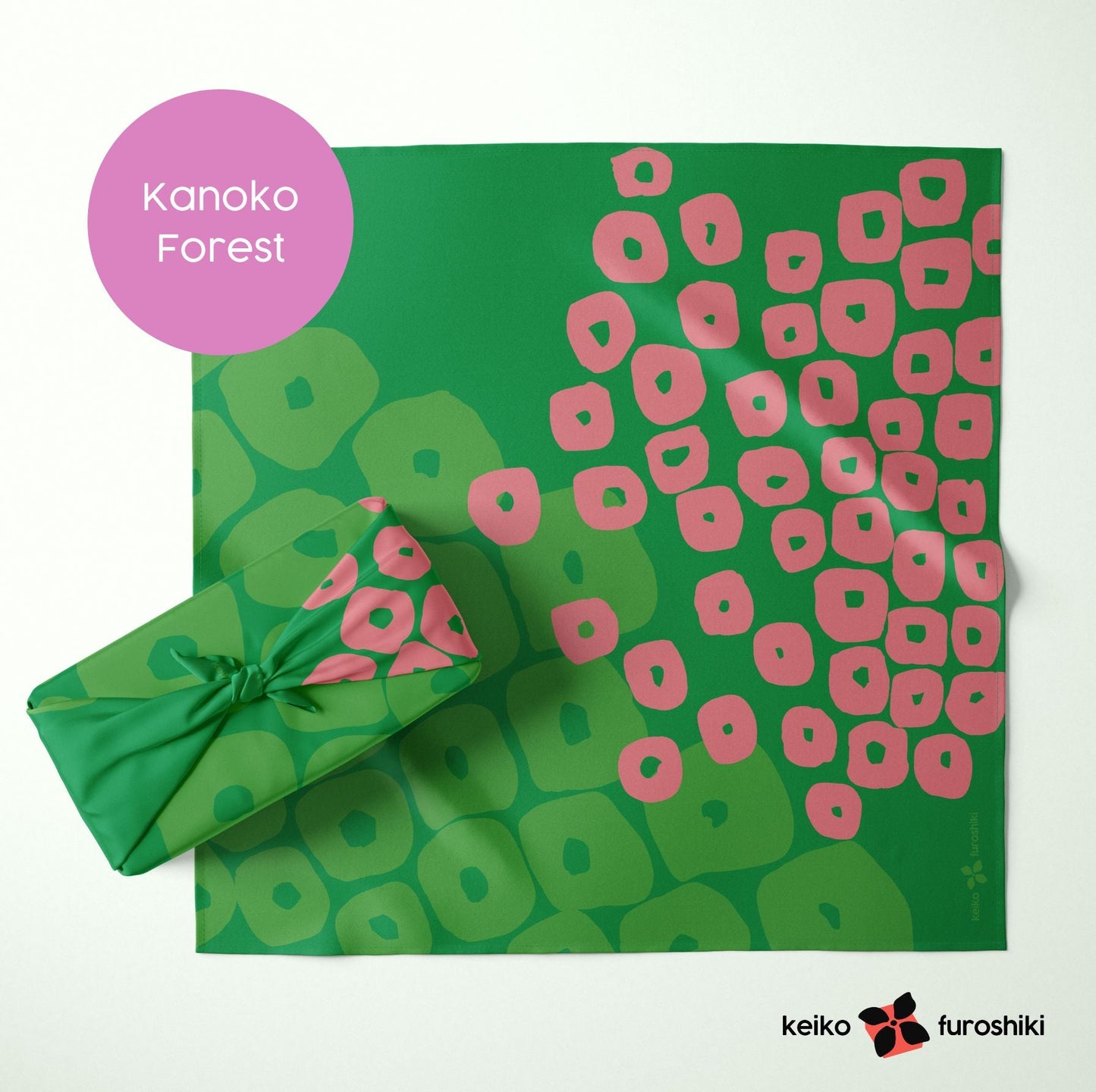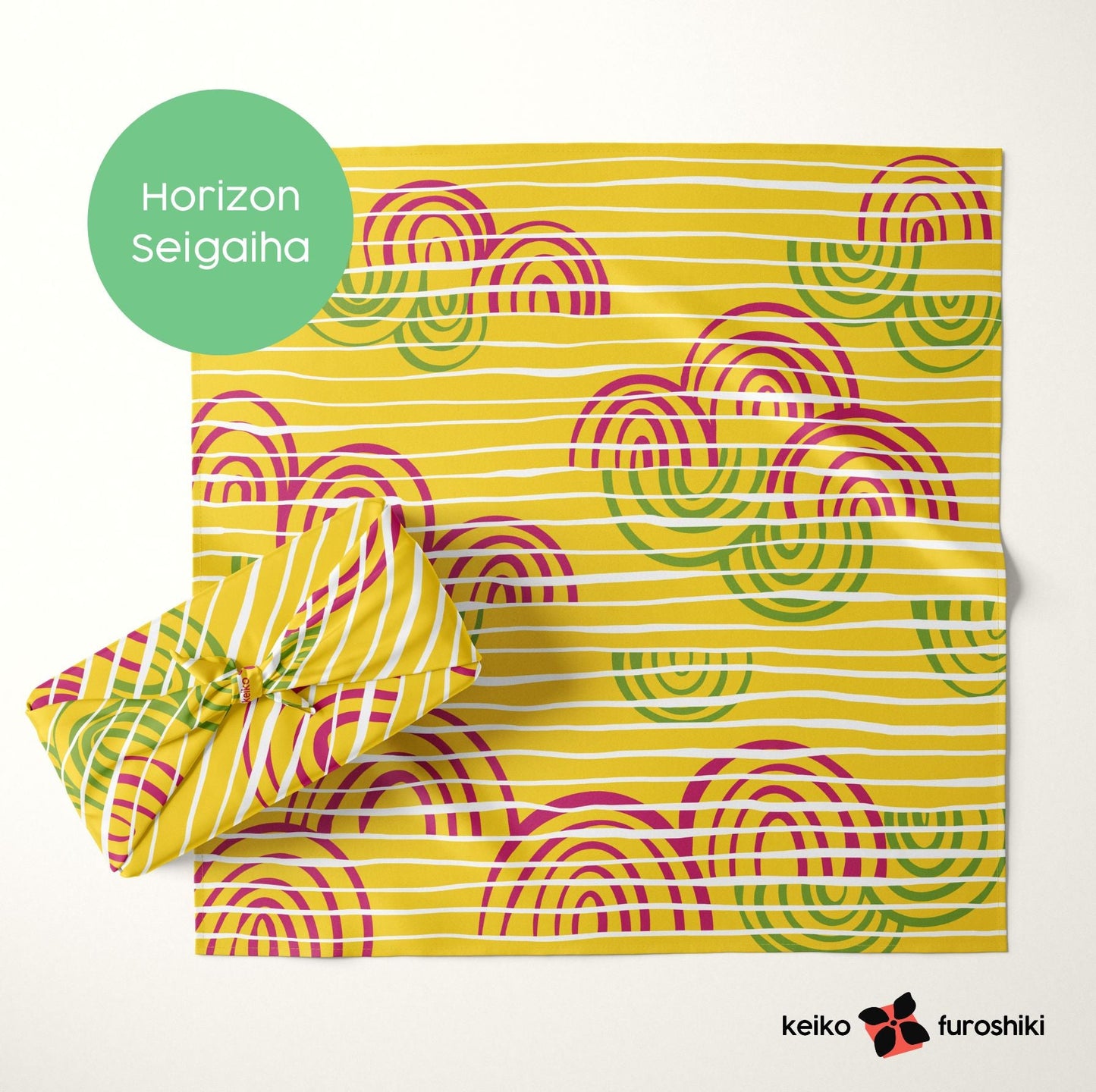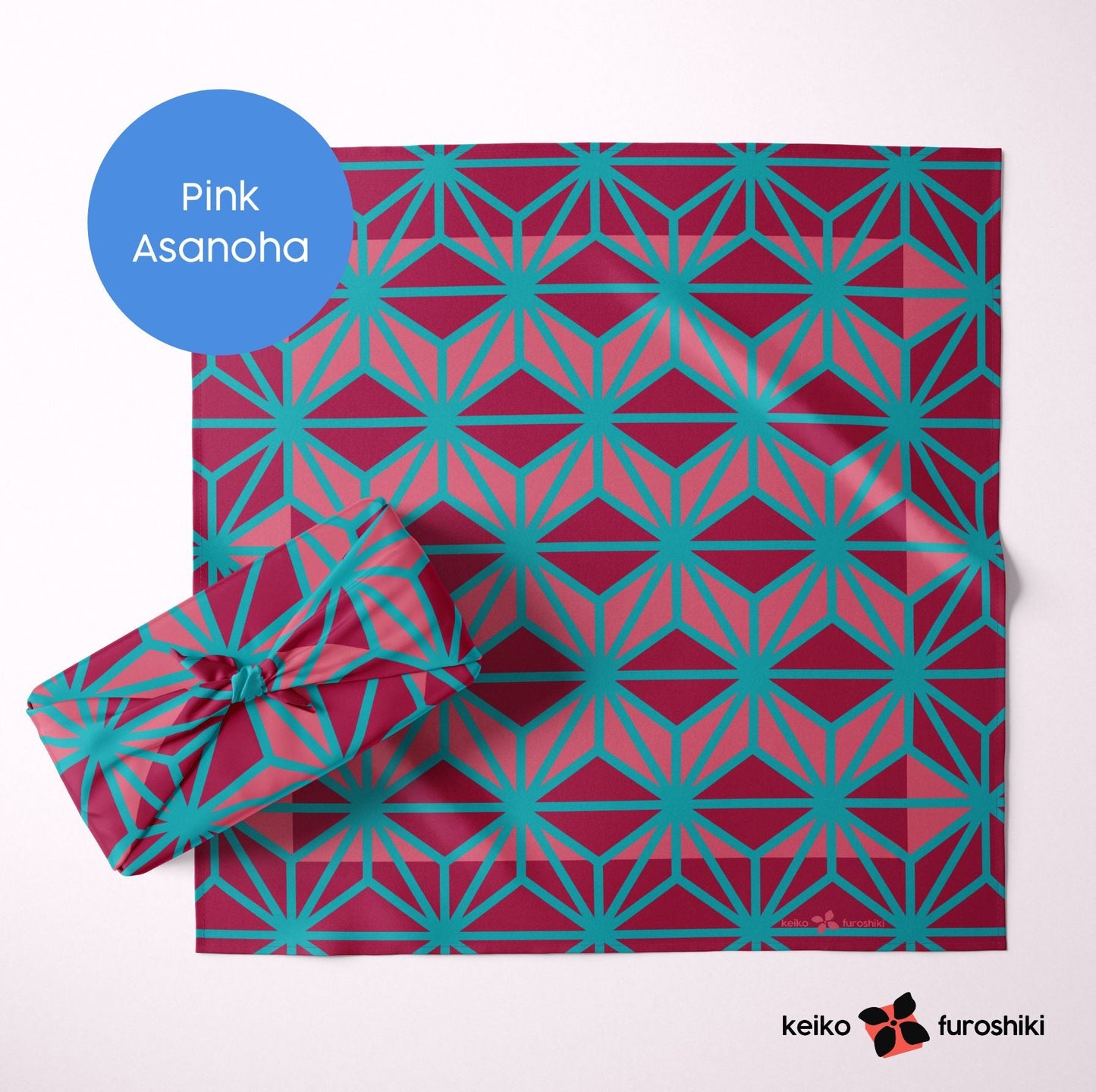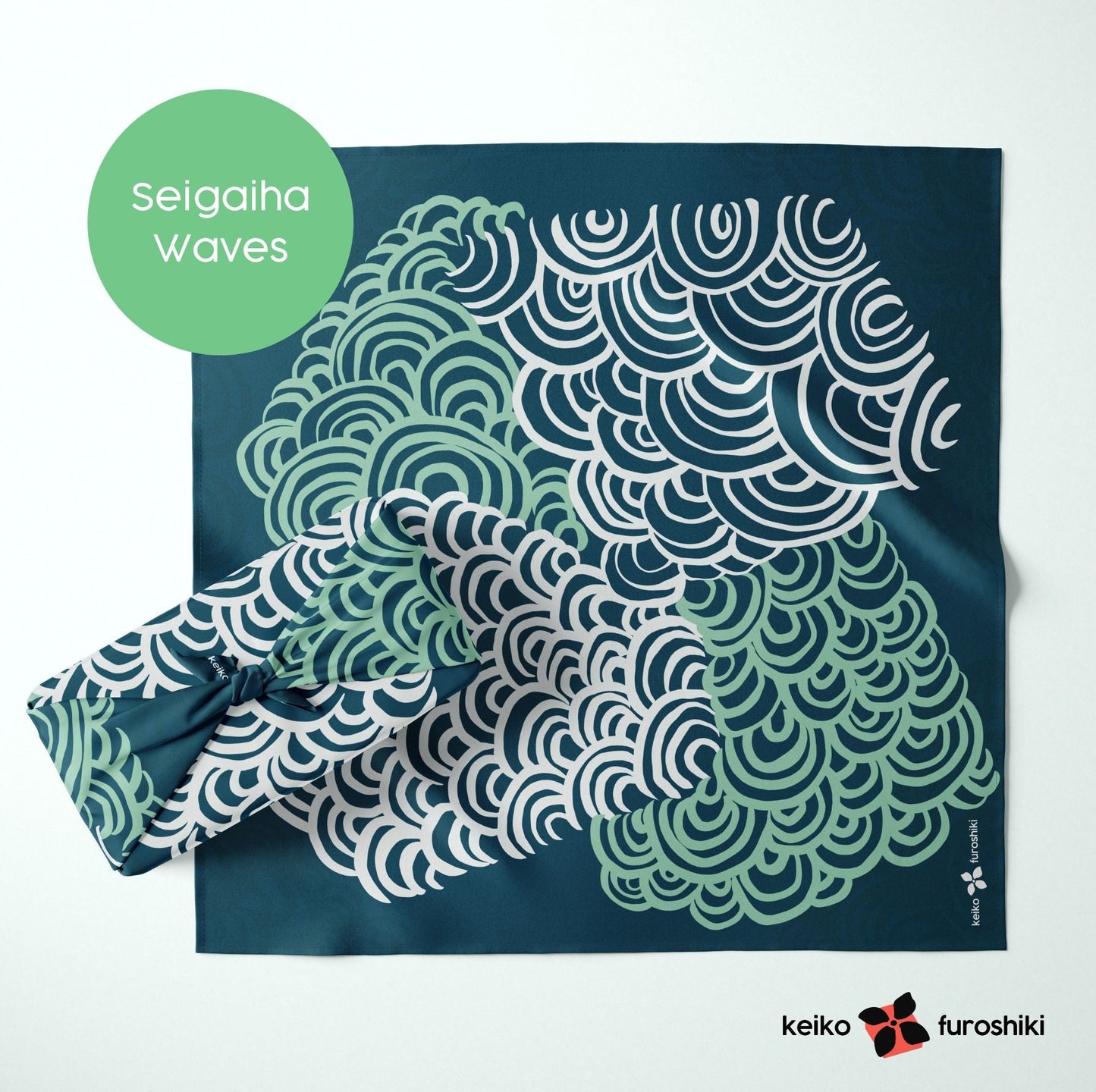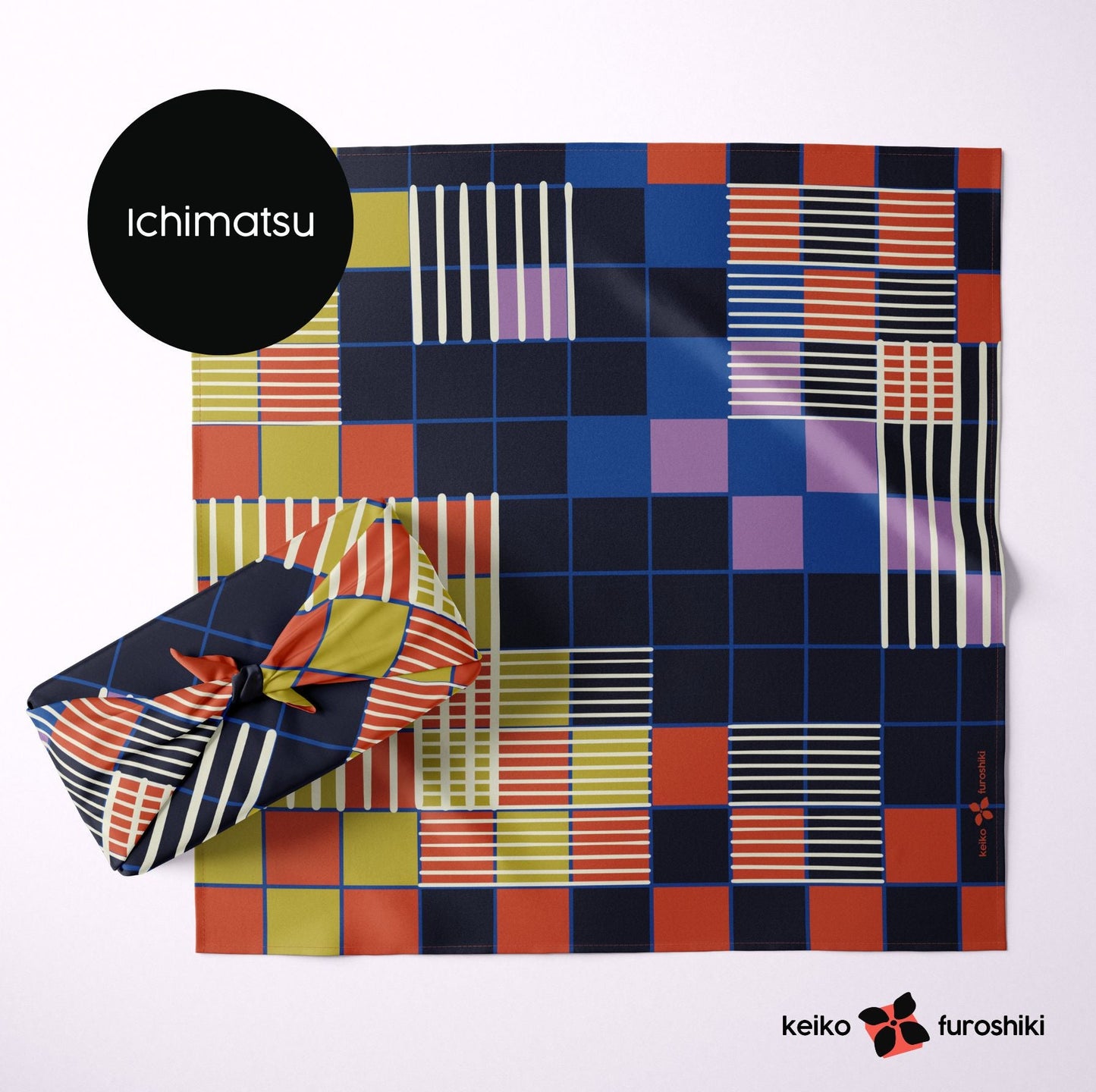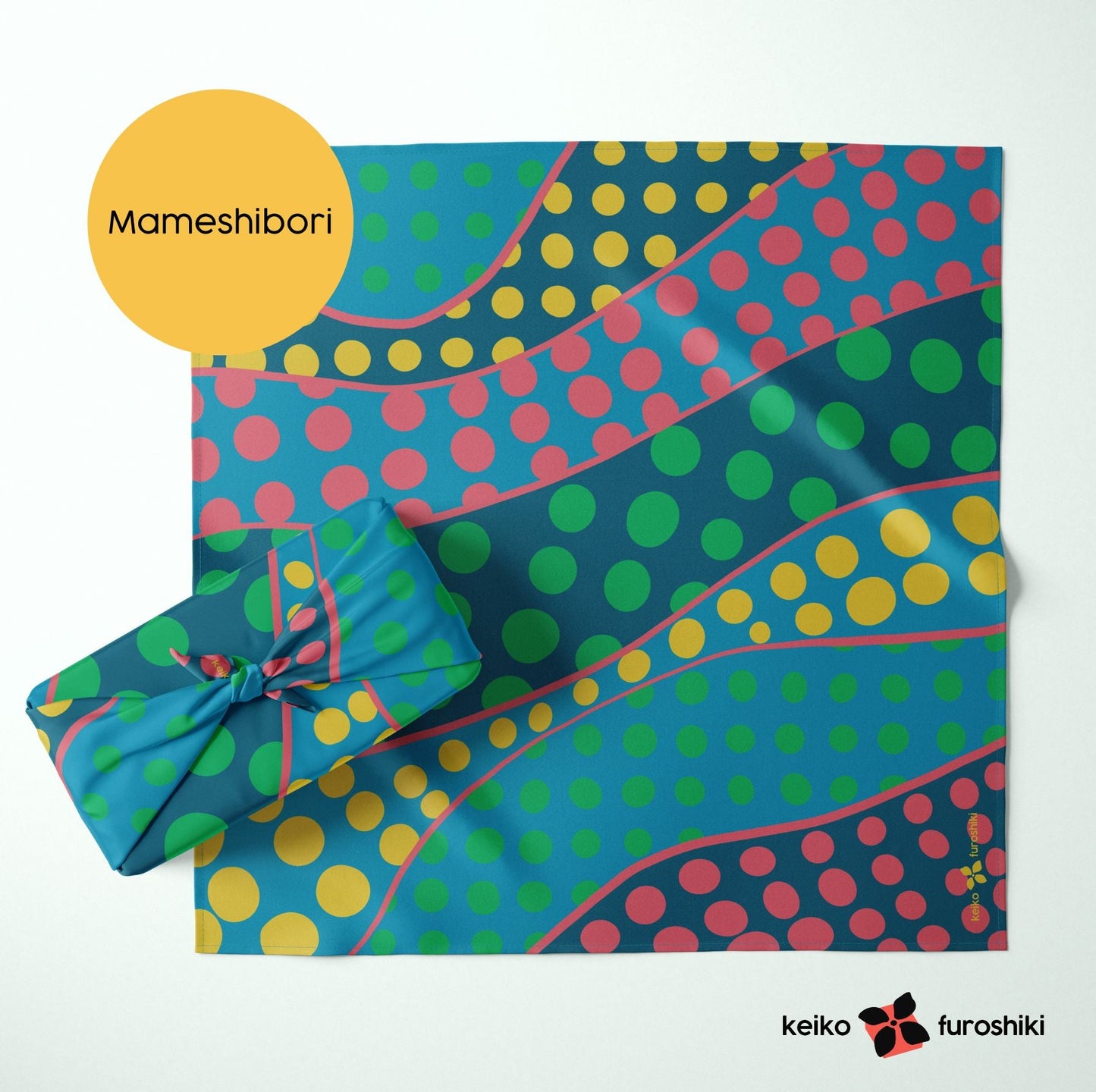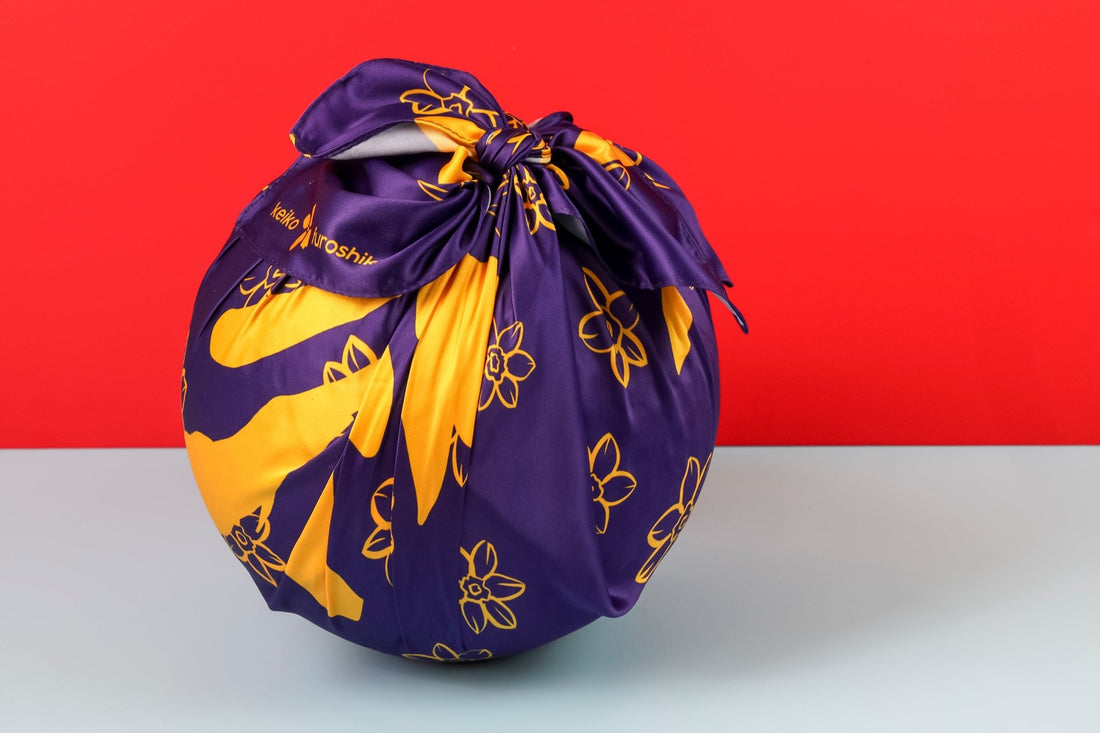
Floral Symbolism in Japanese Art: The Meaning Behind Keiko Furoshiki Designs
In the intricate world of Japanese art, flowers don't just adorn landscapes – they tell stories. Each petal, each hue, carries deep symbolism that weaves tales of emotions, seasons, and culture. As we dive into the enchanting realm of floral prints, we'll uncover the vibrant meanings behind these botanical wonders, adding a touch of elegance and grace to your aesthetic journey.
Cherry Blossoms: Ephemeral Beauty
Ah, the cherry blossom – an embodiment of fleeting beauty. Known as "sakura," these delicate blooms paint Japan's landscapes with hues of pink and white, signaling the arrival of spring and the transience of life. Cherry blossoms are a reminder to cherish the present, to revel in the beauty of the moment. When you embrace floral prints inspired by cherry blossoms, you're adorning yourself in a tapestry of mindfulness and appreciation.
Plum Blossoms: Resilience and Hope
The plum blossom, or "ume," stands strong against the cold of winter, symbolizing endurance and hope. Its blossoms appear even before winter's end, inspiring people with its tenacity. Plum blossoms embody the belief that brighter days will come, no matter how harsh the circumstances. When you wear floral prints adorned with plum blossoms, you're not just embracing style; you're wrapping yourself in a cloak of resilience.Chrysanthemums: Royalty and Longevity
Chrysanthemums, or "kiku," have long held a special place in Japanese culture, symbolizing nobility, longevity, and perfection. These blooms are associated with the Imperial Family, gracing emblems and seals. Chrysanthemum festivals celebrate the allure of this flower's intricate petals, and when you don floral prints inspired by chrysanthemums, you're adorning yourself in regal grace and the aspiration for a life well-lived.Wisteria: Beauty and Reverie
Wisteria, or "fuji," is a dreamlike cascade of blossoms that invokes a sense of enchantment. Often depicted in art and poetry, wisteria carries connotations of grace, beauty, and the ephemeral nature of happiness. Its alluring blooms drape like curtains, inviting us to step into a world of reverie. When you embrace wisteria-inspired floral prints, you're embracing the whimsical and wistful aspects of life.
Camellias: Love and Admiration
Camellias, or "tsubaki," are symbols of affection, love, and admiration. These blooms are associated with samurai culture and have a certain quiet elegance that captures the essence of deep emotions. Camellias carry messages of understanding and respect, making them perfect symbols of companionship. When you don floral prints adorned with camellias, you're wearing expressions of affection and connection.

Shop our Camellia Print Furoshiki


